Grow these best Leafy Green Vegetables in Containers in your balcony or patio for the regular supply of fresh homegrown salad greens!
Who can resist fresh and organic, homegrown leafy greens in the salad? Here some of the best Leafy Green Vegetables in Containers you can grow.
Have a look at the best container vegetables you can grow here
Leafy Green Vegetables in Containers
1. Spinach

The rich, hearty flavor of crispy young spinach leaves lends well to salads, both cooked and raw. And the best part, growing spinach in pots is one of the easiest things. It is surely one of the best Green Leafy Vegetables you can grow.
How to Grow: Check out our spinach growing guide here.
2. Celery
This popular low-calorie vegetable is good to go in your salads. It’s good for weight watchers and helps improve digestion; celery is a member of the same family that includes carrots, parsnips, and parsley.
How to Grow: Like other green vegetables, celery is also not difficult to grow. Choose a bowl or a planter that is at least 8 inches deep. Keep the soil moist and regularly feed with liquid fertilizer.
3. Swiss Chard

A close cousin of the beetroots, Swiss chard has glossy green leaves borne on vivid leaf stalks that are stunning to look and good to eat.
The delicate baby leaves can be used to brighten up the salads, while the mature ones can be tossed in soups; their crispy stalks are an attractive addition to stir-fries.
How to Grow: Chard benefits from full sun, so place it in a spot where it’s likely to receive at least 6-8 hours of sunlight, especially in climates where the sun is not intense.
4. Chicory, Belgian Endive

Chicory and Belgian endive are different cultivars of the same plant, Cichorium intybus (Botanical name). If you appreciate the slightly bitter flavor, chicory is a must-grow. It can be enjoyed in salads, soups, and dips.
How to Grow: Chicory is a cool-weather crop and can be grown in early spring and spring. If the summers are cool in your area, keep growing it till fall. However, if you live in a climate where winter is not harsh, grow it in winter and early spring.
As you’re growing chicory for its leaves, choose a shallow pot and keep the growing medium slightly moist all the time.
5. Kale
The most beloved leafy green of health freaks, kale, adds color, texture, and nutrition to meals. Its thick, dark-green leaves are fortified with vitamins, minerals, and dietary fiber.
How to Grow: The best part, it’s effortless to grow in your balcony or patio and even indoors. You can plant up to 2 kale plants in a standard 12 inches (5-gallon) pot and move it easily around in the shade or out of the cold in winter.
In fact, growing kale indoors is a great way to ensure a fresh supply of this delicious green all year long.
6. Radicchio
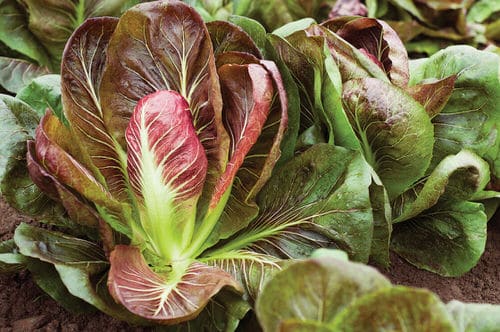
Radicchio is also a type of chicory, a variety of Cichorium intybus, also known as Italian chicory. This bitter-tasting vegetable is a favorite of salad lovers, and it’s not difficult to see why.
Its striking deep garnet leaves add a unique color to salads, while its pungent flavor is often used to offset the sweetness of other ingredients.
How to Grow: Growing it is similar to lettuce as both belong to the daisy family. Start the radicchio seeds in spring and again in summer for the fall harvest.
You can also plant it in mid-fall for winter harvest if you’re keeping it indoors or in a protective balcony environment. As radicchio is a cool-weather crop, begin planting radicchio in late fall and winter in hot climates.
7. Mustard Greens
Though not an appealing option for kids, mustard green is one of the healthiest foods you can put on your salad platter. Its attractive red or green foliage and deliciously succulent stems make it suitable as a core ingredient for any recipe that calls for pungent mustard taste and low calories.
How to Grow: Surprisingly, mustard greens are very tolerant of frost and heat and remarkably easy to grow in pots, indoors, or outdoors.
Get a shallow 6 to 8 inches deep pot; a window box would be fine. Fill it with a regular potting mix with a lot of organic matter.
8. Mizuna
Native to Japan, this petite mustard green is very decorative in salads, a suitable candidate for container gardening. The pointy-serrated leaves come with impressive health benefits that rejuvenate your body from deep within.
How to Grow: Mizuna adopts a compact growth form and takes less than 40 days to mature. It doesn’t demand much besides full sun to part sun and moderate drainage and grows well in 6-8 inches deep pots.
It grows just like spinach, so you can sow the seeds in early spring to enjoy its mild peppery serrated leaves in summer.
9. Endive and Escarole
Endive and escarole are the members of the chicory family. They share the same botanical name–Cichorium endivia. Endive has a curly and prickly texture with a crisp and slightly bitter flavor. In contrast, escarole has a broader and flat-leaf, comparatively less curly and bitter than endive with a hint of nutty flavor.
How to Grow: Start these bitter greens in containers for a quick summer harvest. While endive is quite tolerant of temperature fluctuations, it thrives best in moderately cool conditions.
10. Watercress
A celebrated member of the mustard family, the watercress features crisp, small leaves that are characterized by a dark green color and pungent, peppery flavor. It’s really healthy when you toss it in salads. So if you love Green Leafy Vegetables, do grow this one!
How to Grow: The secret of growing this super-healthy plant is to keep it in part shade and give it regular water.
Regular trimming, good drainage, and optimal potting mix are all factors that encourage new growth and help your watercress thrive in pots.
11. Arugula
Also known as rocket or roquette, arugula carries a rich peppery flavor that is often used to spice up a light salad or garnish other meals. This popular green features flat and fuzzy leaves that are rich in vitamin K and vitamin B complex.
They are ideal for people suffering from anemia and gastrointestinal problems.
How to Grow: Growing arugula in pots is an easy task. You can grow it in almost every climate, though planting time may differ. Make sure to use quality potting soil and keep it moist but not wet.
Also, space out the plants 4-6 inches apart when they grow a bit tall. Start harvesting the mature greens after six weeks. Arugula performs well in moderate conditions and bolts rather quickly in sultry weather.
12. Collard Greens
A cruciferous vegetable related to kale, collard green is a staple in many Southern dishes. It’s prized for its crunchy texture, and pungent taste, often used to lend sophistication to bland meals.
How to Grow: Collard greens perform well in containers in partial sunlight. However, if you are planting during summer, don’t forget to move it to a shaded spot during the hot afternoon.
13. Nasturtium
The nasturtium plant paints a pretty picture with colorful, profuse blooms, but don’t go by its appearance alone. This seemingly delicate salad green is a born survivor and literally thrives on neglect.
How to Grow: As long as you place it in full sun and supply enough water, it stays healthy and growing. Nasturtiums prefer poor soils, and detest fertilizers, so you can easily grow them in your kitchen garden and pluck a few leaves and flowers to decorate your salads.
14. Dandelion Greens
A hardy and humble garden weed, dandelion is edible from root to flower. As a leafy green, it can be grown in containers throughout the year for a continuous harvest. Dandelions are hardy in USDA zones 3-11.
How to Grow: Being inherently invasive and quick to establish, this perennial plant survives in neglect and poor soil, although it needs a lot of sunlight to thrive. You can choose a small 8 inches deep pot to grow it.
15. Broccoli Rabe
No, this is not another name for broccoli. Broccoli rabe got that name due to its dark green florets, which resemble those of broccoli. As a cool-season crop, it thrives best in spring and fall.
How to Grow: While it does tolerate partial shade, it shows vigorous growth in full sun, so you should place it on the porch or deck. While it’s not a stickler for water, it does demand moist, nitrogen-rich soil to develop its full potential.
16. Brussels Sprouts
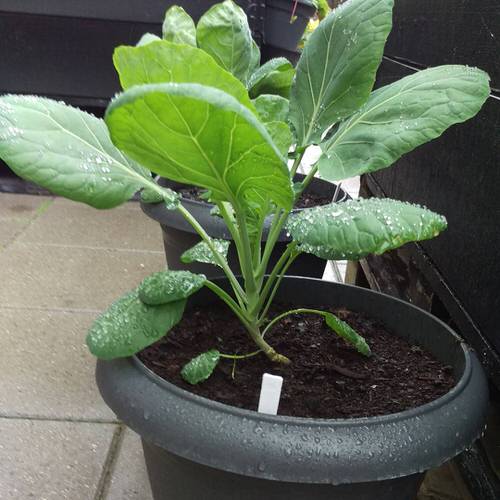
With the appearance of miniature cabbage, Brussels Sprouts are flavor-packed and rich in vitamins, minerals, dietary fiber, and antioxidants. This vegetable can be an interesting addition to your salad platter.
How to Grow: Growing Brussels sprouts in a pot is not difficult. For every information, check out our detailed growing guide here.
17. Bok Choy
Bok choy or pak choi is a delicious leafy green that belongs to the cabbage family. It’s thick long white stems, and glossy green leaves are enriched with folate, carotenoids, and calcium.
Nascent bok choy is a delectable addition to salad and also makes for a scrumptious coleslaw.
How to Grow: Growing bok choy is a cinch. It is one of the vegetables that can grow in the shade, check out our list here. Check out our article to learn how to grow it.
18. Lettuce
This crispy salad green is packed with vitamins, minerals, and dietary fiber that make it perfect for people who have kidney problems and nervous disorders. You can also grow it indoors on the windowsill. Here’s our article for that.
How to Grow: Growing lettuce in pots is the best way to harvest the freshest leaves in no time without a regular garden. Use a shallow but wide planter. For growing lettuce in pots, read our detailed article here.
19. Sorrel
How can you miss sorrel when we’re talking about growing salad greens? A popular ingredient in European cuisine, sorrel vanished from the culinary scene for hundreds of years.
Now, this tart and tangy leafy green have found their way back in the kitchens and gardens.
How to Grow: Like other green leafy vegetables and herbs, sorrel is an easy choice for container gardeners. Grow it as an annual in a wide pot that is at least 8-10 inches deep.
Keep the soil slightly moist, and maintain the sunlight by moving the container according to the temperature and intensity of the sun–the main advantage of growing sorrel in a pot.
20. Purslane
Purslane is actually an edible weed, which is often neglected and uprooted mercilessly by gardeners. However, it’s one of the healthiest green leafy vegetables.
Surprisingly, the richest source of Omega-3 fatty acids in all the leafy greens and has more Vitamin E and Vitamin C than Spinach. You can toss it in salads or prepare a sumptuous curry.
How to Grow: There are obvious reasons why purslane is considered a weed. It’s very invasive and easy to grow. Check out this article to learn how to grow it in containers.
21. Mache (Corn Salad)
Mache, also known as corn salad, has a bit of sweet and nutty taste, nice addition to other salad greens. The delicate flavor and texture of leaves make it perfect for eating raw.
How to Grow: This cool-season crop grows quickly and gets ready for harvest as early as 40 days. To grow, get a tray or window box that is wide enough, 12-18 inches across, and 6-10 inches deep.
Provide it full sun but avoid the afternoon sunlight, if the weather is warm.
22. Cabbage
 Fresh and crisp shredded cabbage can be the most delectable addition to your salad. The star of the budget and versatile salad recipes around the world is known for its crunchiness and peppery taste when raw.
Fresh and crisp shredded cabbage can be the most delectable addition to your salad. The star of the budget and versatile salad recipes around the world is known for its crunchiness and peppery taste when raw.
How to Grow: You can grow cabbage in all climates, but the planting time may differ. Also note, growing cabbage is not easy as compared to all the other vegetables in this list. Choose a standard 12 inches deep pot for planting. Its fertilizer and soil requirements are similar to cauliflower.
23. Beet Greens
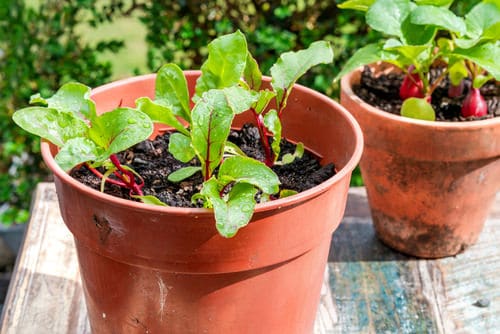
Beet greens are very nutritious, and they are rich in vitamin A and K. You can eat them in salads or cook like spinach or kale with onions, garlic, and olive oil. It is one of the easiest Green Leafy Vegetables you can grow.
How to Grow: After adding beetroots to dishes, save its top. Place the cut side down in a bowl or saucer filled with water, set the bowl where it gets bright, indirect light. Within a week, the beet greens will begin to grow. You can do this process in the soil as well.
24. Carrot Greens

Carrot greens contain 6 times more vitamin C than carrots and also have calcium, potassium, and magnesium. The carrot leaves have a sweet earthy taste–saute them in olive oil with garlic for best flavor as eating raw taste bitter.
How to Grow: To grow carrot greens, cut the top part and place it in a bowl of water, cut side down. Place the bowl on a sunny windowsill and change the water every next day. You’ll notice carrot leaves sprouting in 7-10 days. Keep it in water or move it to the planter.
25. Turnip Greens

Turnip is a root vegetable similar to beetroot. Its leaves have more nutrition than the turnip. The greens contain manganese, folate, calcium, vitamin A, C, and K. You can use turnip greens as a replacement for spinach and kale as well.
How to Grow: Learn everything about growing turnips in pots here. You can harvest the greens when they become 10-12 inches tall without damaging the roots. Then, let the greens fill back in.
26. Amaranth Green
Nutritionally similar to spinach and beet leaves, you can grow the plant to enjoy it fresh in salads. The young leaves have a mild and tender taste, while the grown ones are slightly bitter.
How to Grow: The plant does well in full sunlight. Red-leaf amaranth, Hopi Red Dye, and Burgundy are the best varieties you can grow.
27. Lamb’s Quarters
This is quite a popular leafy green in India and goes by the name Bathua. The leaves are full of nutritional qualities and pair well with many vegetable preparations, soups, and salads.
How to Grow: Check out our article on growing the plant here
28. Fenugreek

Another Indian subcontinent staple, it is famous as the Methi leaves in Pakistan and India. Fenugreek is a powerhouse of vitamins and antioxidants; moreover, this tasty green boosts libido as well. The leaves pair deliciously well in soups, “sabzi,” and various vegetable dishes.
How to Grow: Here’s everything you need to know about growing Fenugreek
29. Malabar Spinach

If you love the crispy texture of lettuce and the taste of spinach, you will surely love the mild taste of Malabar spinach with hints of citrus and pepper. It can be a great addition to soups, stir-fries, and most of your salad preparations.
How to Grow: Check out our article on growing Malabar spinach here
30. Green Onion

If you like the taste of onions in your dishes, adding their greens to raw salads and dips will make them taste wow! The freshly chopped greens also go well with most of the stir-fry preparations and egg recipes.
How to Grow: Here’s all you need to know about growing green onions
31. Taro

Though you cannot include the leaves in your salads, you can surely saute or stir fry them or include them in many vegetable preparations for that mild and nutty flavor. They are commonly used in many Hawaiian chicken and pork dishes.
How to Grow: Check out our article on growing taro here
32. Chick Pea Greens

Also called garbanzo beans, they are easy to grow and pair well with a variety of dishes. You can also toss them to salads after sautéing. The greens are also very rich in proteins, vitamins, and Folate.
How to Grow: For best growth, provide ample sunlight. Use an 8-12 inch container and save the plant from aphids, flea & bean beetles.




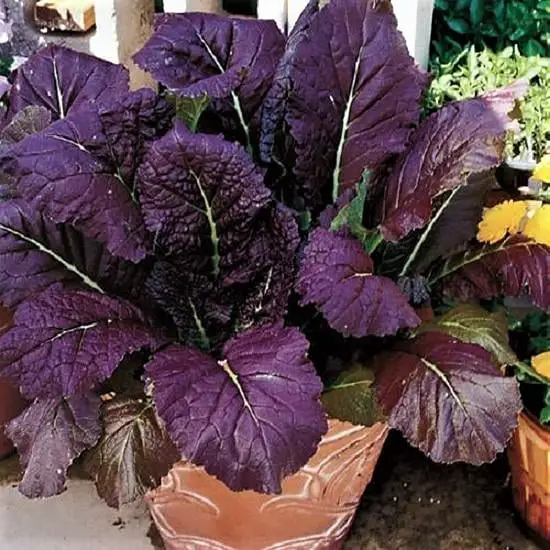


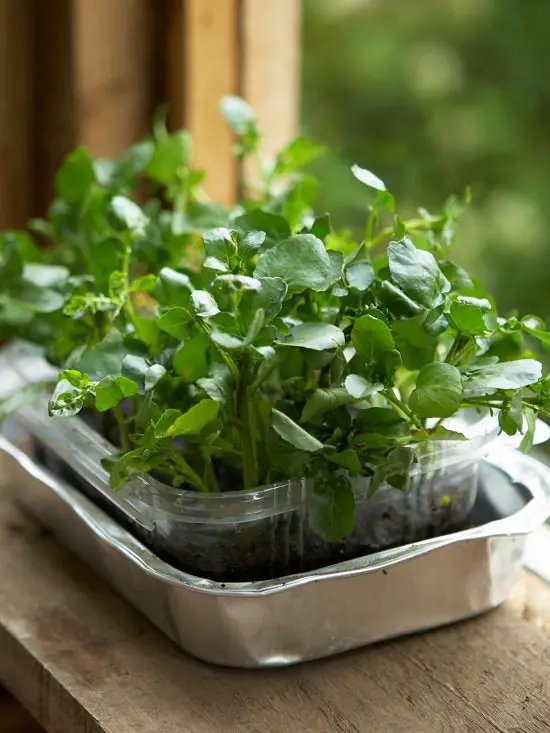
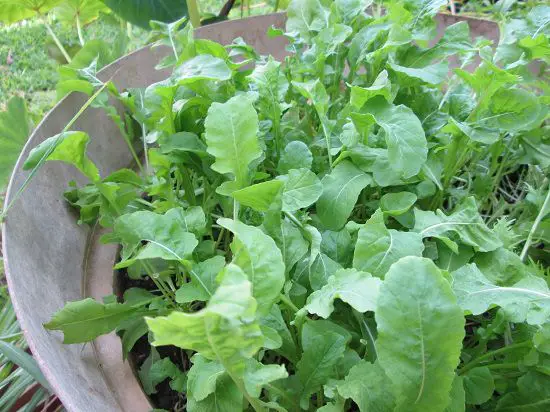
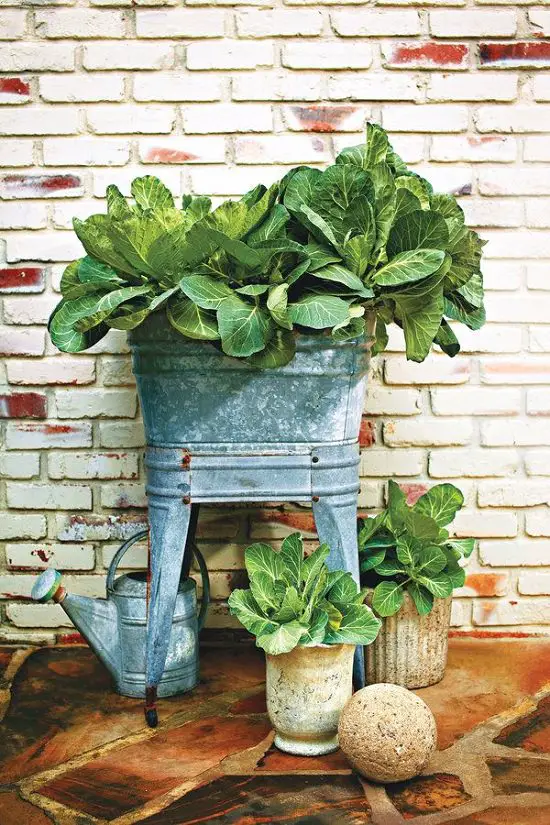

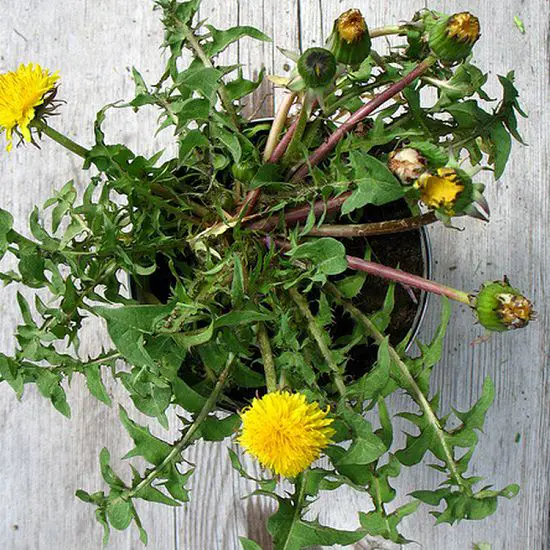


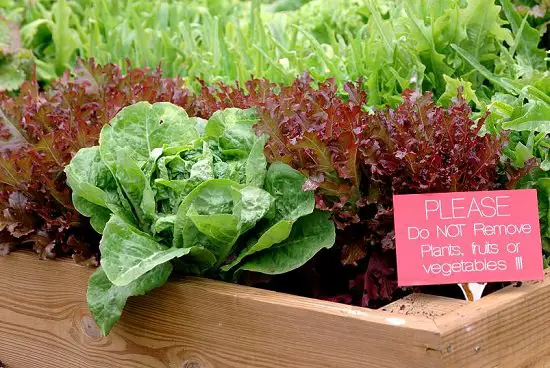


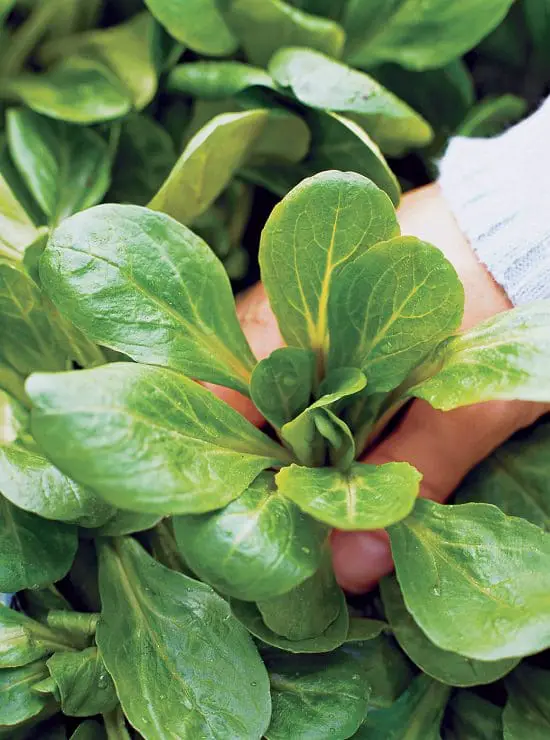
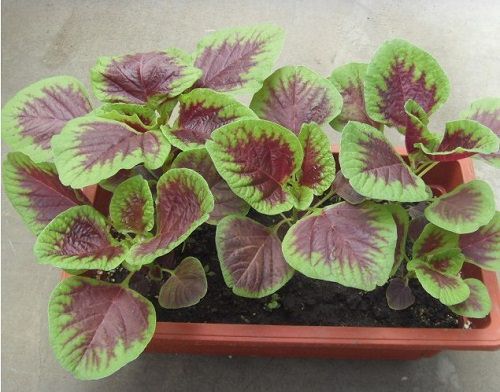


Where to buy kale seeds?